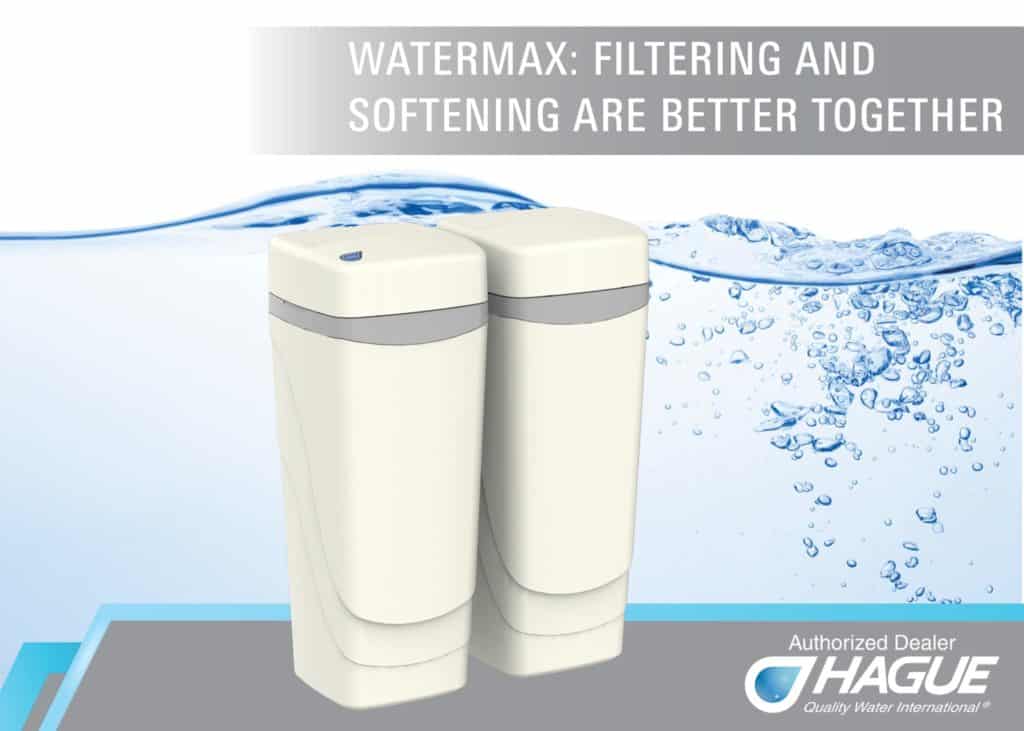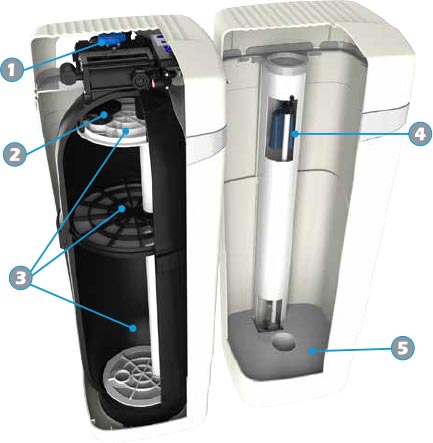We had a Hague water softener and RO system installed and we couldn't be more pleased with Cowboys Plumbing. Josh gave us a demo of our water and we knew it was bad but he still was thorough and explained every question we had. The installers were on time and very professional and showed us how to use the salt in the system. The RO water is bottled water quality! If you have any plumbing issues call these people. You won't regret it!
Philip




